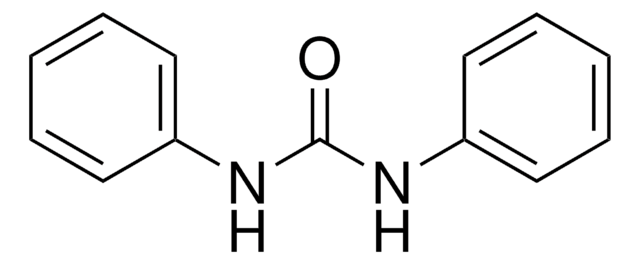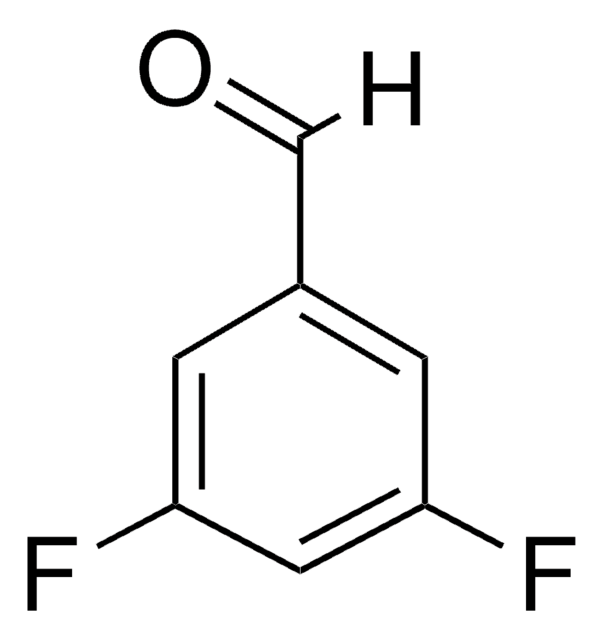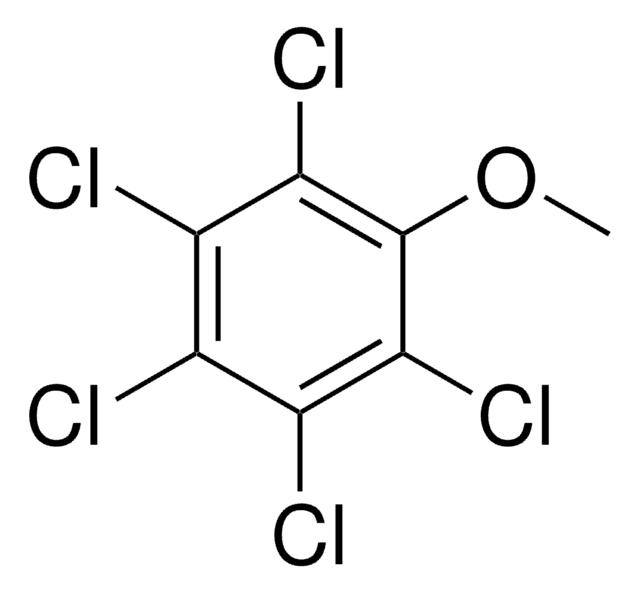All Photos(1)
About This Item
Linear Formula:
Cl2C6H3CH2CO2H
CAS Number:
Molecular Weight:
205.04
Beilstein:
1948767
EC Number:
MDL number:
UNSPSC Code:
12352100
PubChem Substance ID:
NACRES:
NA.22
Recommended Products
Quality Level
Assay
99%
form
solid
mp
129-131 °C (lit.)
SMILES string
OC(=O)Cc1ccc(Cl)cc1Cl
InChI
1S/C8H6Cl2O2/c9-6-2-1-5(3-8(11)12)7(10)4-6/h1-2,4H,3H2,(H,11,12)
InChI key
GXMWLJKTGBZMBH-UHFFFAOYSA-N
Looking for similar products? Visit Product Comparison Guide
Application
2,4-Dichlorophenylacetic acid has been used as internal standard in:
- determination of phenoxyalkanoic acid herbicides in blood by GC with electron-capture detection
- determination of 2-methyl-4-chlorophenoxyacetic acid (herbicide) in soils by GC technique
Signal Word
Warning
Hazard Statements
Precautionary Statements
Hazard Classifications
Eye Irrit. 2 - Skin Irrit. 2 - STOT SE 3
Target Organs
Respiratory system
Storage Class Code
11 - Combustible Solids
WGK
WGK 3
Flash Point(F)
Not applicable
Flash Point(C)
Not applicable
Personal Protective Equipment
dust mask type N95 (US), Eyeshields, Gloves
Choose from one of the most recent versions:
Already Own This Product?
Find documentation for the products that you have recently purchased in the Document Library.
Derivatization and Determination of MCPA in Soil by GC.
Cai K, et al.
Chromatographia, 72(9-10), 933-939 (2010)
Guobin Xin et al.
Se pu = Chinese journal of chromatography, 26(1), 116-118 (2008-04-29)
A method for the determination of three phenoxyalkanoic acid herbicides, 2,4-dichlorophenoxyacetic acid (2,4-D), 2-(2,4-dichlorophenoxy)-propanoic acid (2,4-DP), and 4-chloro-2-methylphenoxy-acetic acid (MCPA), in blood was developed. The blood sample was diluted with 0.1 mol/L hydrochloric acid, and extracted by solid-phase extraction using
Jiaqin Wang et al.
Analytica chimica acta, 996, 20-28 (2017-11-16)
A high throughput, low environmental impact methodology for rapid determination of phenoxy carboxylic acids (PCAs) in water samples was developed by combing dispersive solid phase extraction (DSPE) using velvet-like graphitic carbon nitride (V-g-C
The Toxoplasma effector TEEGR promotes parasite persistence by modulating NF-κB signalling via EZH2.
Laurence Braun et al.
Nature microbiology, 4(7), 1208-1220 (2019-05-01)
The protozoan parasite Toxoplasma gondii has co-evolved with its homeothermic hosts (humans included) strategies that drive its quasi-asymptomatic persistence in hosts, hence optimizing the chance of transmission to new hosts. Persistence, which starts with a small subset of parasites that
Our team of scientists has experience in all areas of research including Life Science, Material Science, Chemical Synthesis, Chromatography, Analytical and many others.
Contact Technical Service







